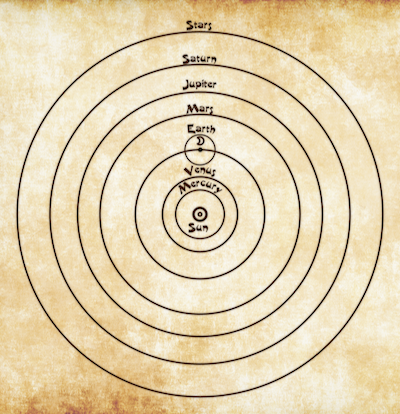Science is . . .
- Observing the world.
- Watching and listening
- Observing and recording.
Science is curiosity in thoughtful actionabout the world and how it behaves.
Anyone can have an idea about how nature works. Some people think their idea is correct because "it seems right" or "it makes sense." But for a scientist (who could be you!), this is not enough. A scientist will test the idea in the real world. An idea that predicts how the world works is called a hypothesis.
"Scientific method" usually means a series of steps that scientists follow to discover how nature works.If an idea, or hypothesis, correctly predicts how something will behave, we call it a theory. If an idea explains all the facts, or evidence, that we have found, we also call it a theory.
These steps will work fine for a school science fair project. But this is not usually the way science actually happens!
From observation to theory
Sometimes the observations come before the idea or theory.

This drawing is similar to the one made by Nicolaus Copernicus (published in 1543) and shows the Sun at the center of the solar system.
For thousands of years, people observed certain "stars" wander around the night sky in looping patterns. Finally, in 1514 Nicolaus Copernicus came up with the idea of "Heliocentrism" (meaning Sun centered). He thought the Sun was the center of the Universe, with Earth being one of many spheres orbiting the Sun. That idea explained the wandering patterns of the planets. It also predicted where they would "wander" next. This idea became a theory. Of course, we later improved that theory. After all, the Sun is not the center of the whole universe, but only our own solar system.
Sometimes science happens mostly inside a scientist's head.
Albert Einstein and his theories were like that. It took a long time before scientists were able to test them and show that were were correct.
- Science is not just a tidy package of knowledge.
- Science is not just a step-by-step approach to discovery.
- Science is more like a mystery inviting anyone who is interested to become a detective and join in the fun.
Comments
Post a Comment